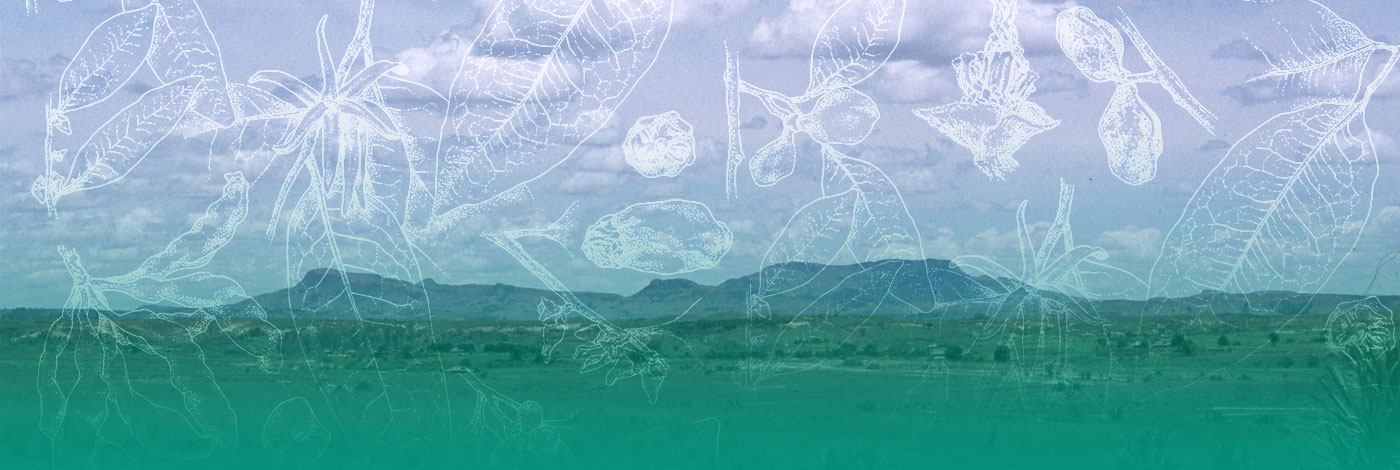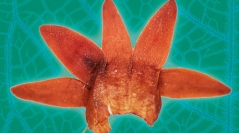

 Adansonia
44 (11) - Pages 91-114
Adansonia
44 (11) - Pages 91-114Five new species of Urophyllum Wall. endemic to Cambodia and Viêtnam are herein described and illustrated, and U. annamense (Pierre ex Pit.) Yooprasert, Culham & Utteridge, stat. nov. is raised to species status. The new species are unique due to the morphological combination of indumentum, secondary venation, stipule shape and inflorescence structure as follows: U. bidoupense Yooprasert, Culham & Utteridge, sp. nov.: plant almost glabrous, secondary veins weakly brochidodromous, stipule glabrous, oblong-lanceolate; U. chinense subsp. latistipulum Yooprasert, Culham, Yahara & Utteridge, subsp. nov.: similar appearance to the U. bidoupense but differs with stipule ovate to elliptic, hairy along the midline; U. brochidodromum Yooprasert, Culham & Utteridge, sp. nov.: stem and branches hairy, adaxial leaf surface hairy on midrib and secondary veins, secondary veins conspicuously brochidodromous, stipule hairy, lanceolate; U. pulchristipulum Yooprasert, Culham & Utteridge, sp. nov.: plant glabrous, secondary veins festooned brochidodromous, stipule glabrous and subcordate, inflorescence sessile; U. pseudoschmidtii Yooprasert, Culham, Yahara, Tagane & Utteridge, sp. nov.: stem and branches hairy to subglabrous, secondary veins festooned brochidodromous, stipule sparsely to densely hairy, linear-lanceolate to oblong-lanceolate, pistillate flower with no staminodes. An identification key to Urophyllum species of Cambodia, Laos and Viêtnam is provided. Point occurrence maps are presented for each species, as well as provisional conservation assessments based on IUCN guidelines.
GBIF dataset Distribution mapIndochina, Urophylleae, Gentianales, identification key, understorey plants, endemism, lectotypificiation, new status, new subspecies, new species